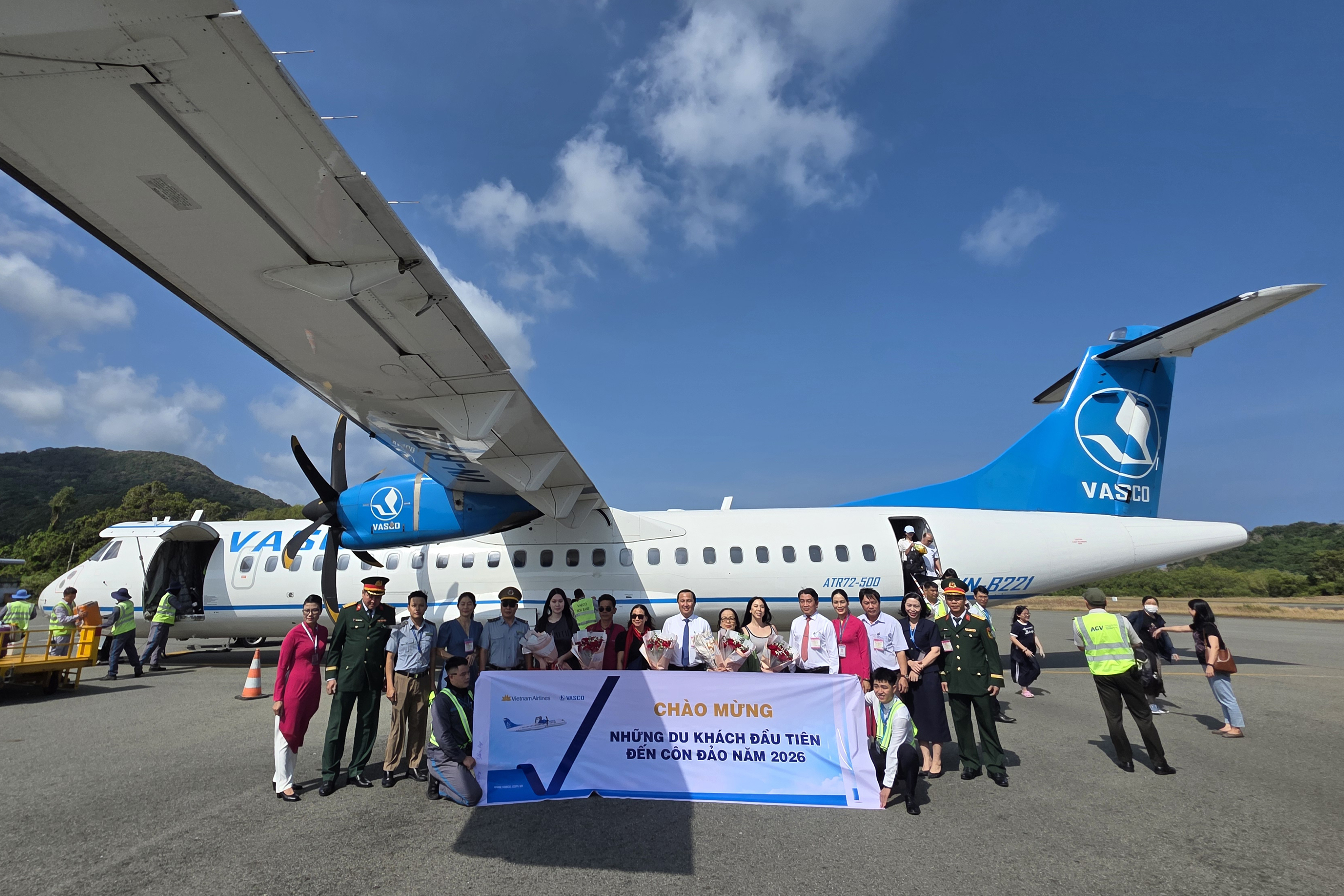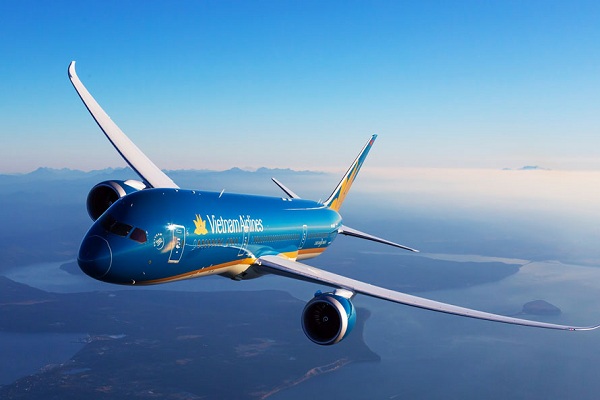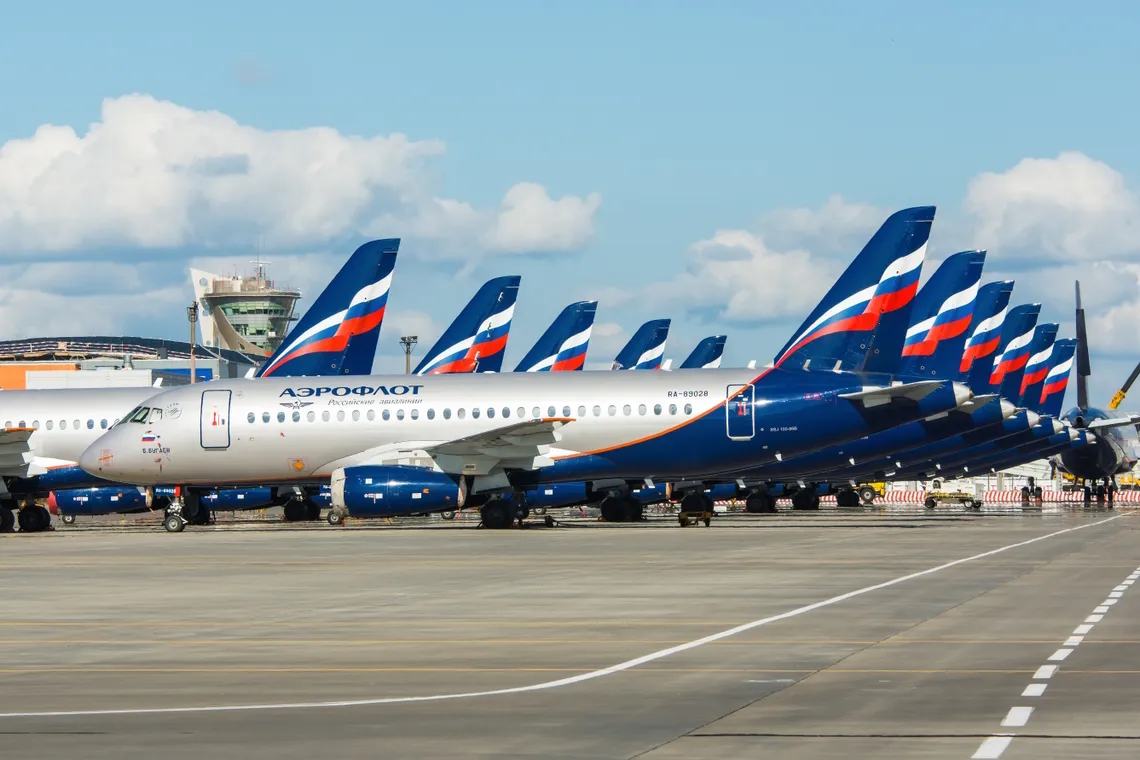
Aeroflot is looking to decrease its dependence on foreign-built aircraft, with plans for 70% of its fleet to be made up of Russian-built aircraft by 2030. This will help the airline to meet its target of carrying 65 million passengers annually before the end of the decade.
Due to sanctions imposed as a result of the ongoing conflict in Ukraine, Russian carriers are struggling to obtain the spare parts necessary to maintain their fleets of Airbus and Boeing aircraft. The country’s Federal Air Transport Agency recently gave approval for parts from grounded planes to be reinstalled on other aircraft – this follows last year’s now infamous reports of Aeroflot cannibalizing one of its new Airbus A350-900s for spare parts in order to maintain other aircraft in its fleet.
Aeroflot aims to carry 43.5 million passengers in 2023, up from 40.7 million last year. By 2030, this figure is expected to reach 65 million passengers, giving the airline a 50% share of the Russian market. With only a limited international network, and its major markets of the US and the EU cut off, it remains to be seen if the carrier will be able to reach these ambitious targets.
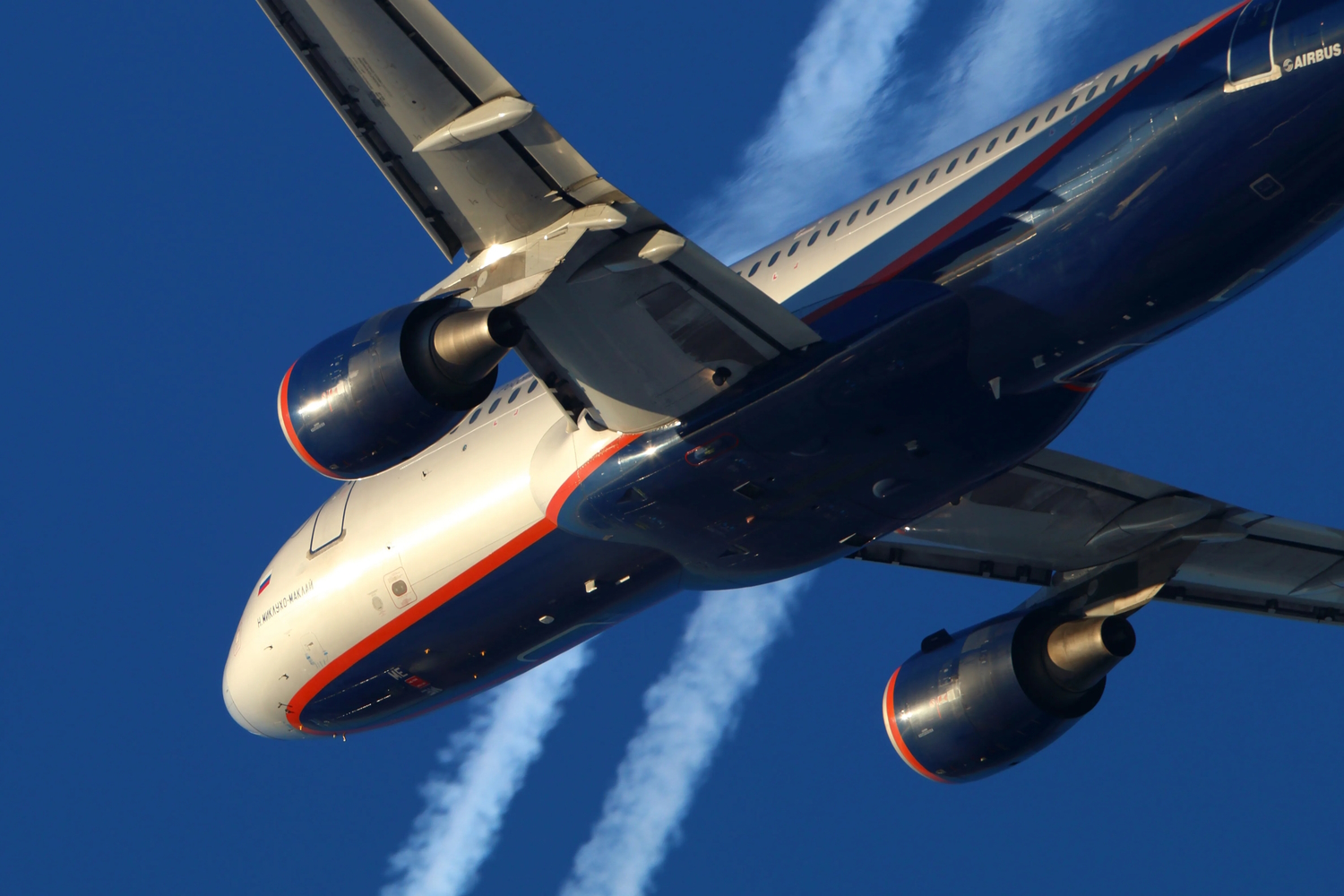
Commenting on the airline’s growth plans, Aeroflot’s chief executive officer, Sergey Aleksandrovsk, said,
“By 2030, we plan to put into operation 339 domestic aircraft and develop competencies to maintain airworthiness. The ratio of foreign and domestic aircraft in the fleet will be 30 to 70%, respectively.”
Aeroflot’s current fleet
Following the dissolution of the Soviet Union, Aeroflot began replacing its older Ilyushin and Tupolev aircraft with Western-built jets, and today, Russian-built aircraft make up only a minority of Aeroflot’s fleet. According to data from ch-aviation.com, the airline’s active fleet consists of the following:
- 52 Airbus A320s (of which five are the Airbus A320neo)
- 27 Airbus A321s (of which three are the Airbus A321neo)
- 7 Airbus A330-300s
- 2 Airbus A350-900s
- 23 Boeing 737-800s
- 17 Boeing 777-300ERs
- 76 Sukhoi Superjet 100s operated on behalf of Aeroflot by the carrier’s subsidiary, Rossiya Airlines.
In addition to nine Airbus A350-900s, Aeroflot also has 70 Sukhoi Superjet 100s on order, which should go some way in rebalancing the airline’s ratio of foreign to domestic-built aircraft.
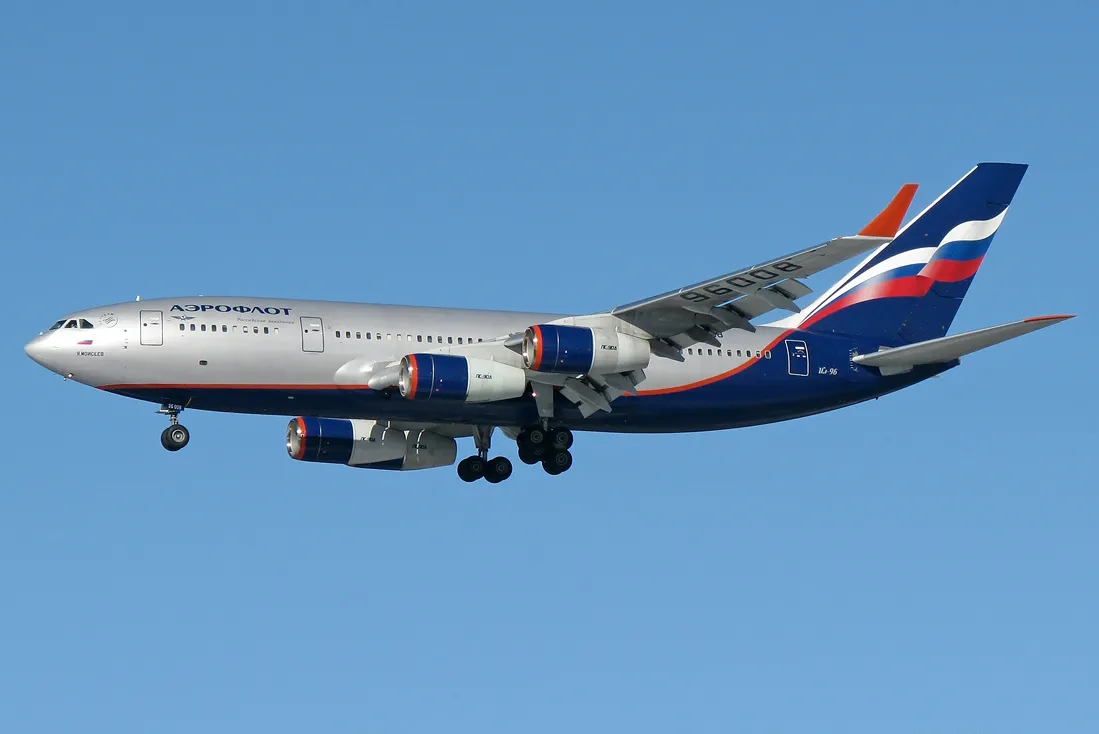
Rebuilding its China network
Despite the crippling effect of sanctions and international travel bans, Russian airlines managed to fly a total of 95 million passengers in 2022. In a bid to further boost passenger numbers, Aeroflot is gradually beginning to expand its international route network once again, albeit to a limited number of destinations where the carrier is permitted to fly.
Later this week, Aeroflot will resume flights to three destinations in Kazakhstan, and as pandemic-related travel restrictions are lifted, the airline is also building back up its presence in the Chinese market. By mid-February, the airline will operate the following routes to China from its hub at Sheremetyevo International Airport (SVO):
- Three flights per week to Shanghai Pudong International Airport (PVG) – Boeing 777-300ER
- Three flights per week to Guangzhou Baiyun International Airport (CAN) – Boeing 777-300ER
- Three flights per week to Beijing Daxing International Airport (PKX) – Boeing 777-300ER
- One flight per week to Chengdu Shuangliu International Airport (CTU) – Airbus A330-300.
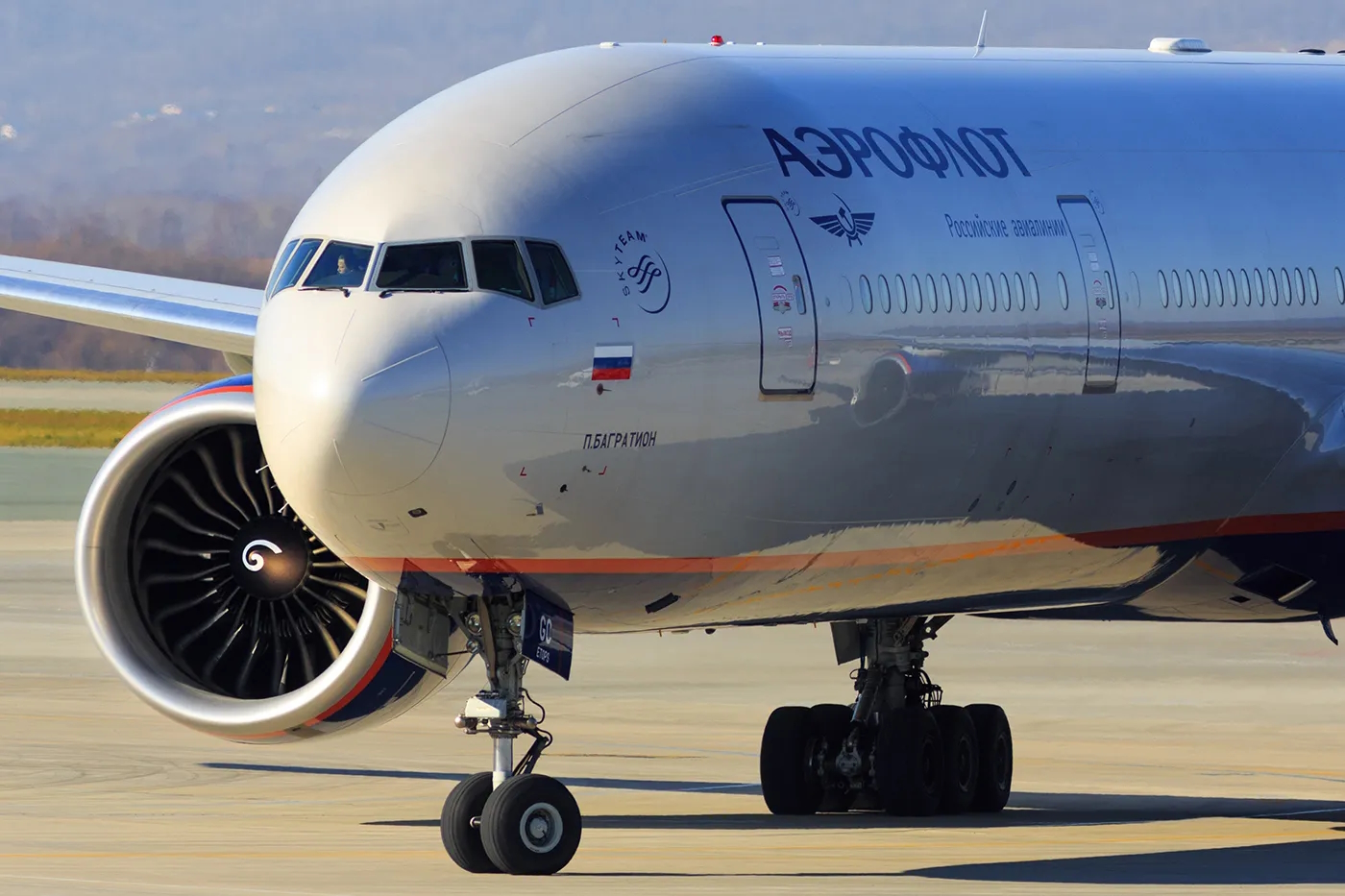
Cre: Simple Flying





